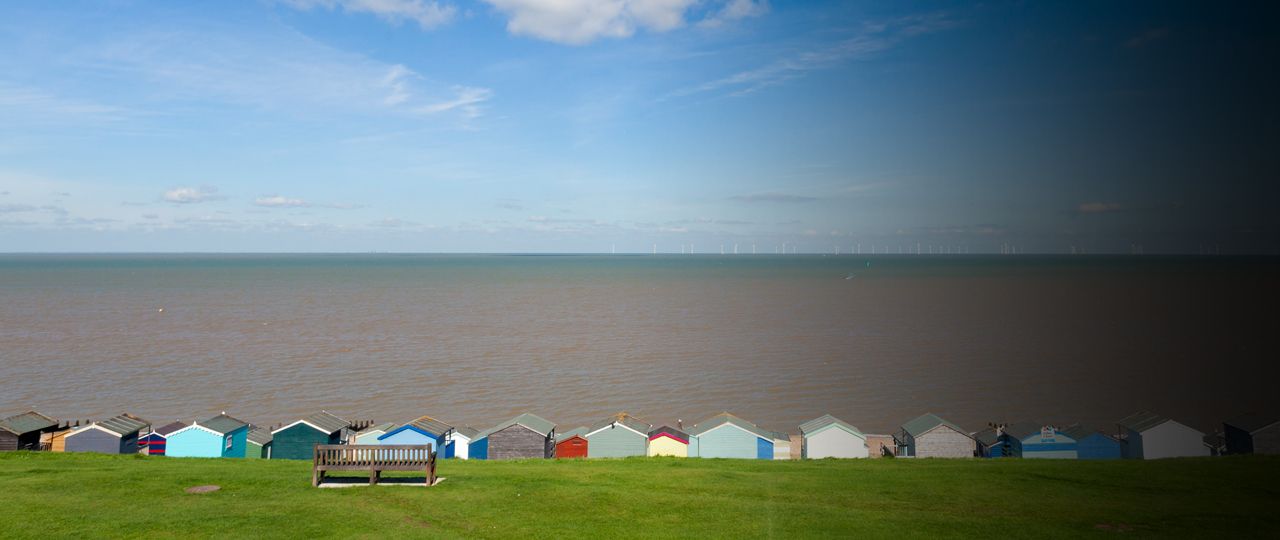
Richard Speedy
Senior Director


Senior Director
Strutt and Parker’s new ‘Waterside Index’ reveals that buying a home close to water is 30% more expensive than buying a similar property without the added attraction.
The Index looks at all properties near water, whether that’s on the coast or near estuaries, harbours, lochs, rivers or streams.
This premium hasn’t put people off wanting to make such moves. In the South East, the number of people wanting to live in a coastal property has recently quadrupled from 3% in 2014 to 12% in 2015. Other areas where the demand has grown include the East Kent Coast and the South West.
Pockets of the West Country also command a higher premium than others. South Devon, in places like Dartmouth, Topsham, and Salcombe, are well known for their yachting scene. An extensive sea or estuary view here can add up to 50% to the value of a property.
The benefits of living in a home by water are as varied as the types of properties and settings available.
The UK has amazing and picturesque beaches, rivers and lakes, offering views that can’t be matched elsewhere in the country. These views are also ever-changing. The seasons, weather and tides all alter your daily, and even hourly, vistas.
Then there’s the lifestyle aspects, whether you’re a family wanting access to swathes of golden beaches, are looking to do more fishing in your retirement, or want to buy that boat you’ve always promised yourself.
This means direct access to the water comes at an even higher premium, as this is scarcer and therefore demand is greater. From moorings and jettys, to riverside fishing rights, these will always be massive attractions for any homebuyer.
But it’s not just about stunning views and lifestyle. There are also health benefits. Research shows that the living by the sea can improve our health in a number of ways.
The sound of waves can lull our brains into a deeply relaxed state, while studies show the sea air is charged with negative ions that improve our ability to absorb oxygen. Add to this the fact that many beach properties have more sun and those that live by water tend to be more physically active, and it’s no wonder people by the sea are healthier.
Researchers from the European Centre for Environment and Human Health at the University of Exeter found that, on average, the closer we live to the sea, the more likely we are to report good health.
Our ‘Housing Futures’ research found that 56% of people survey would consider buying a ‘HEAL houses’ (Healthy Eating Active Living).
The next year looks like it could be an important one for waterside living, with predictions it’ll increase in value more than the country market over the next 12 months.
Seaside towns always attract lots of holiday and second home buyers, as well as people purchasing with a view to retiring to the house in the next five years. With Brexit making people reconsider buying abroad and cutting off a number of big retirement markets in places like Spain, many Brits could turn to the UK’s shores for their new holiday homes.
And if you’re buying with an eye for an investment, consider properties with solar thermal, solar UV, ground source heat pumps and other forms of alternative energy. These might have greater longevity with future buyers.
Similarly, look for locations which are undervalued, like the Teign Estuary, for the best capital growth.